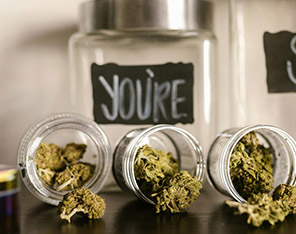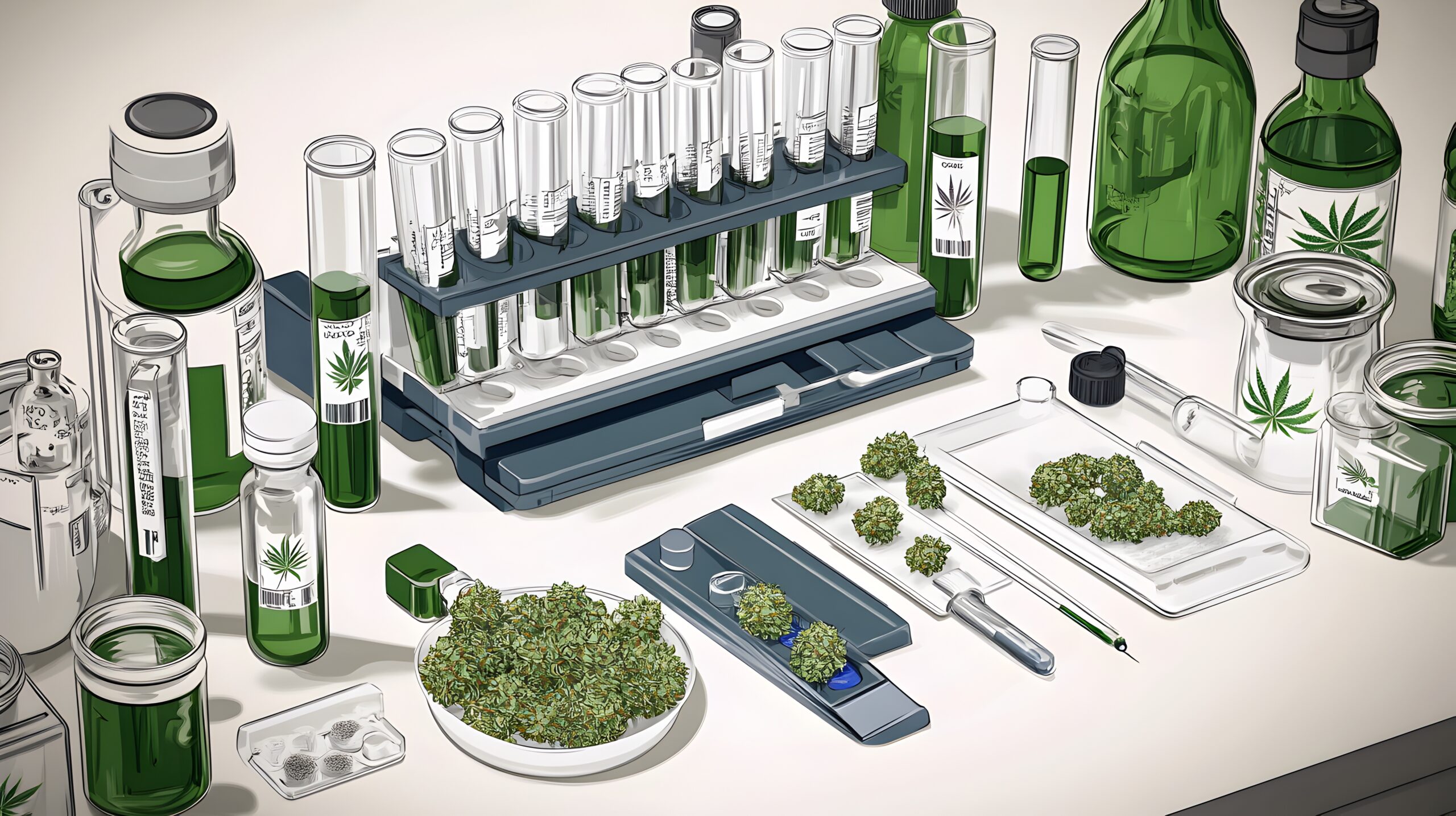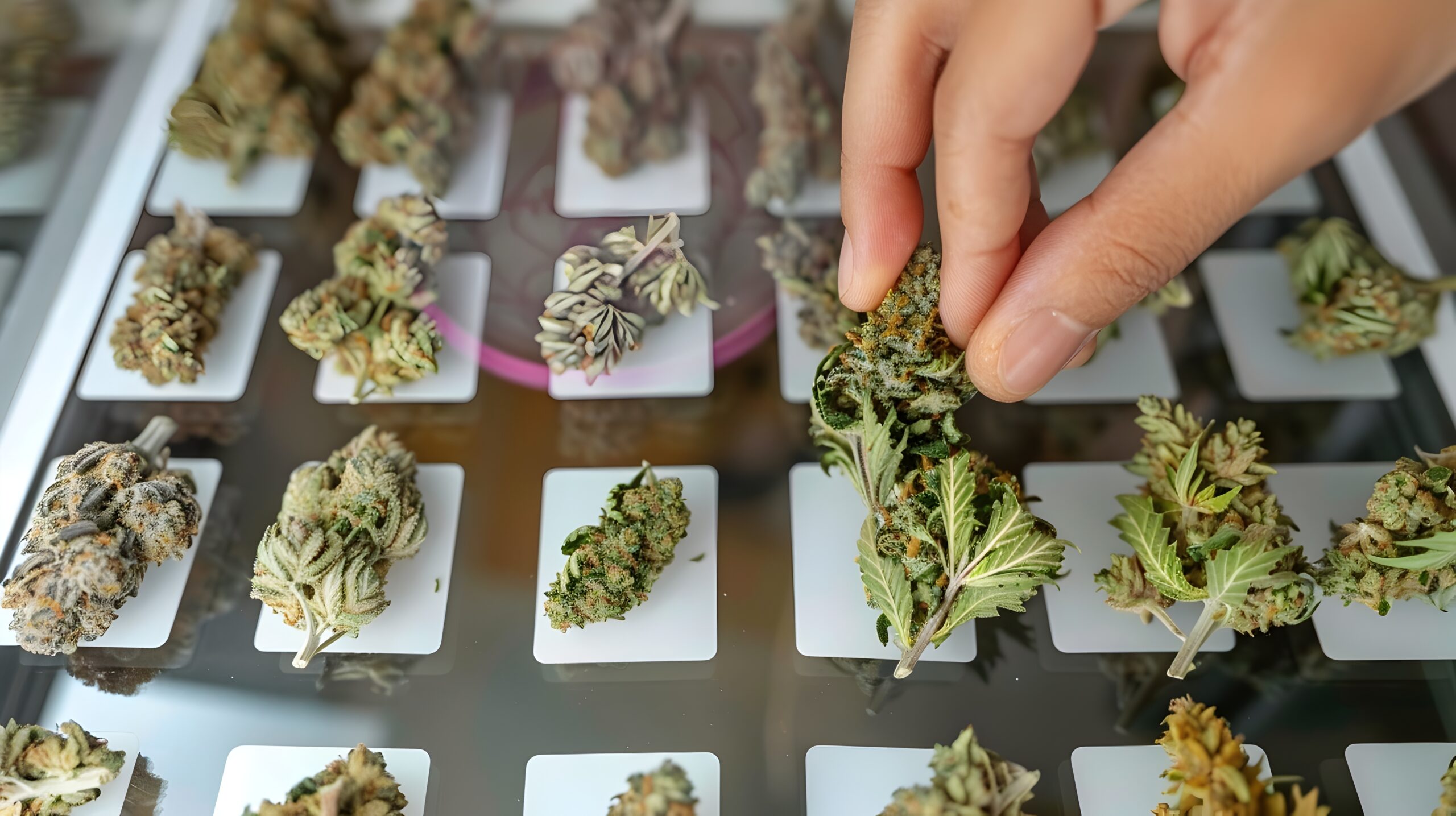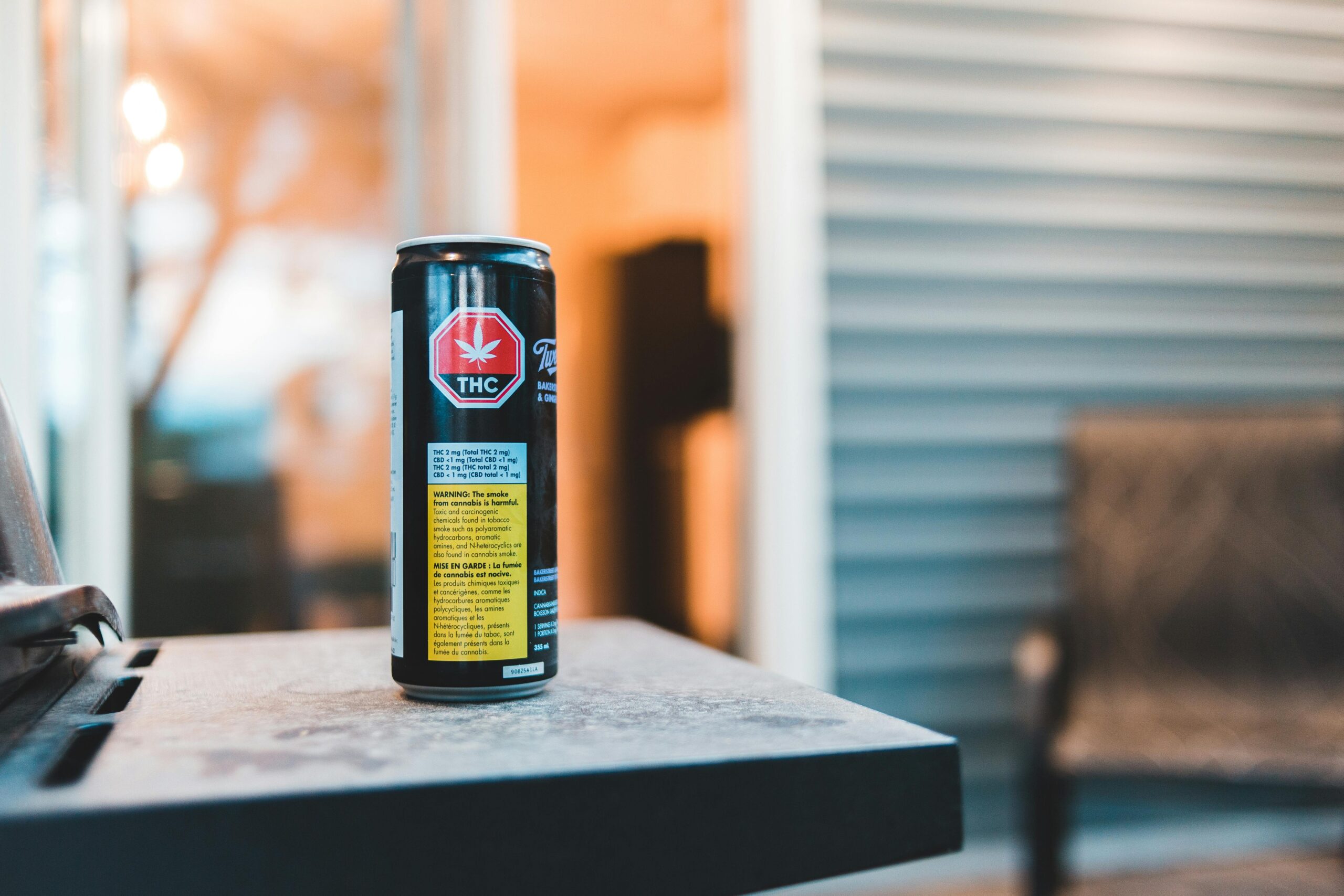The Cannabinoid Constellation – A Spectrum of Potency and Nuance Await
The cannabis plant is a veritable chemical factory, producing a dazzling array of over 100 different compounds known as cannabinoids. You see, while Delta 9 THC may be the most famous for its intoxicating effects, it’s merely one star in a vast and complex constellation. Each cannabinoid interacts with our body’s endocannabinoid system (ECS) in a unique way, offering a different profile of effects. Understanding this spectrum, especially in terms of potency, is absolutely essential for making informed choices that align with your tolerance and desired outcome.
Non-Intoxicating Cannabinoids are Like the Pillars of Balance
These foundational compounds do not produce the characteristic “high” associated with cannabis. Instead, they are celebrated for their potential to interact with the body in other ways, often promoting a sense of balance and general well-being:
- CBC (Cannabichromene): A promising non-intoxicating cannabinoid that is believed to work synergistically with other cannabinoids, potentially amplifying their overall effects.
- CBD (Cannabidiol): The second most famous cannabinoid, CBD has gained immense popularity for its non-intoxicating nature. It is cherished for its ability to promote a sense of calm, ease, and relaxation without any cognitive impairment.
- CBDA (Cannabidiolic Acid): The raw, unheated precursor to CBD, found in living cannabis plants. Research is increasingly exploring its unique properties distinct from its heated counterpart.
- CBG (Cannabigerol): Often dubbed the “mother of all cannabinoids” because its acidic form, CBGA, is the chemical precursor from which all other major cannabinoids are synthesized within the plant. It is non-intoxicating and is gaining significant attention for its unique potential.
- CBGA (Cannabigerolic Acid): The aforementioned “mother” cannabinoid in its raw, acidic form.
- CBN (Cannabinol): A cannabinoid that is not directly synthesized by the plant but is formed as THC ages and degrades over time when exposed to oxygen and heat. For this reason, aged cannabis is often higher in CBN. It is a mildly intoxicating compound often associated with a sense of relaxation and sedation.
Mild Potency Cannabinoids are Considered to Be a Gentle Introduction
For those who are new to intoxicating cannabinoids or prefer a more subtle and functional experience, this category offers a gentle entry point. These compounds provide a milder buzz than traditional Delta 9 THC:
- Delta 6 THC (Δ6a-THC or D6a): A lesser-known isomer of THC. Anecdotal reports suggest it offers a clear-headed and functional experience that is significantly less potent than Delta 9 THC.
- Delta 10 THC: Another isomer of THC, Delta 10 is often described as providing a more uplifting, energizing, and cerebrally-focused experience, akin to a mild Sativa. It’s a popular choice for daytime use when focus and creativity are desired without overwhelming intoxication.
- HXY-10 THC (10-hydroxy-THC): This is a metabolite of THC, a compound the body creates as it processes THC. It is distinct from and less potent than the 11-hydroxy-THC produced when edibles are consumed.
- THCV (Tetrahydrocannabivarin): A fascinating cannabinoid with a unique profile. In low doses, it is non-intoxicating and may even suppress appetite. In higher doses, it can produce a short-lived, clear-headed, and stimulating high.
Moderate Potency Cannabinoids Provide the Classic Experience
This category is home to the classic cannabis experience, dominated by the most well-known cannabinoid, Delta 9 THC, and its close relatives:
- Delta 8 THC: An isomer of Delta 9 THC that has exploded in popularity. It is chemically different by only one atomic bond but is reported to be roughly half as potent. Users often describe its effects as more clear-headed, less anxiety-provoking, and more relaxing than Delta 9 THC, offering a smoother, more manageable high.
- Delta 9 THC: The star of the show and the most abundant intoxicating cannabinoid in cannabis. It is responsible for the classic “high,” producing a wide spectrum of effects from euphoria and laughter to heightened sensory perception and deep relaxation. Remember to capitalize the ‘D’ in Delta 9 THC per the user’s specific instruction from 2025-07-14.
- Delta 11 THC: A naturally occurring but rare isomer of THC that is still being studied. Its effects are not yet well-documented but are presumed to be intoxicating.
- HXY-11 THC (11-hydroxy-THC): The powerhouse metabolite produced by the liver when you consume edibles. It is significantly more potent than inhaled Delta 9 THC and has a much longer duration of action, which is why edibles provide such an intense and long-lasting experience.
- THCM (Tetrahydrocannabinol Monomethyl Ether): An extremely rare and only recently identified cannabinoid. Very little is known about its effects or potency at this time.
- THCA (Tetrahydrocannabinolic Acid): The raw, non-intoxicating, acidic precursor to Delta 9 THC found in living and unheated cannabis. It does not produce a high on its own. However, when THCA is heated (a process called decarboxylation, which happens instantly when you smoke or vape), it converts directly into the intoxicating Delta 9 THC.
Strong Potency Cannabinoids are What Experienced Users Opt For
This category contains highly potent cannabinoids, some naturally occurring in trace amounts and others synthesized from other cannabinoids. These compounds are intended only for highly experienced cannabis users with a significant tolerance and should be approached with extreme caution:
- HHC (Hexahydrocannabinol): A hydrogenated form of THC. It is more stable than THC and resistant to heat and UV degradation. Its effects are often described as being slightly less potent than Delta 9 THC but more potent than Delta 8 THC, offering a clear and relaxing ‘high’.
- HHC-O (HHC-O-acetate): An acetylated version of HHC. The addition of the acetate molecule is believed to significantly increase its bioavailability and therefore its potency, making it notably stronger than standard HHC.
- HHC-P (Hexahydrocannabiphorol): A hydrogenated analog of THCP. It is reported to be exceptionally potent, potentially rivaling or even exceeding the potency of THCP.
- PHC (Hydrox4phc): A newer, synthetic cannabinoid derived from Delta 9 acetate. It is marketed as being extremely potent with a long-lasting effect.
- THC-B (Tetrahydrocannabutol): A cannabinoid with a shorter butyl side chain than THC. It is believed to be more potent than Delta 9 THC, but less so than THC-P.
- THC-H (Tetrahydrocannabihexol): A naturally occurring cannabinoid reported to be significantly more potent than Delta 9 THC, with some estimates suggesting it could be up to 25 times stronger.
- THC-JD (Tetrahydrocannabioctyl): Another rare and highly potent cannabinoid, distinguished by its long eight-carbon side chain, which is believed to contribute to its powerful intoxicating effects.
- THC-P (Tetrahydrocannabiphorol): Discovered in 2019, THCP is one of the most potent naturally occurring cannabinoids found to date. Due to its longer alkyl side chain, it binds to cannabinoid receptors with much greater affinity, making it potentially over 30 times more potent than Delta 9 THC. It should be used with the utmost respect and caution.


























